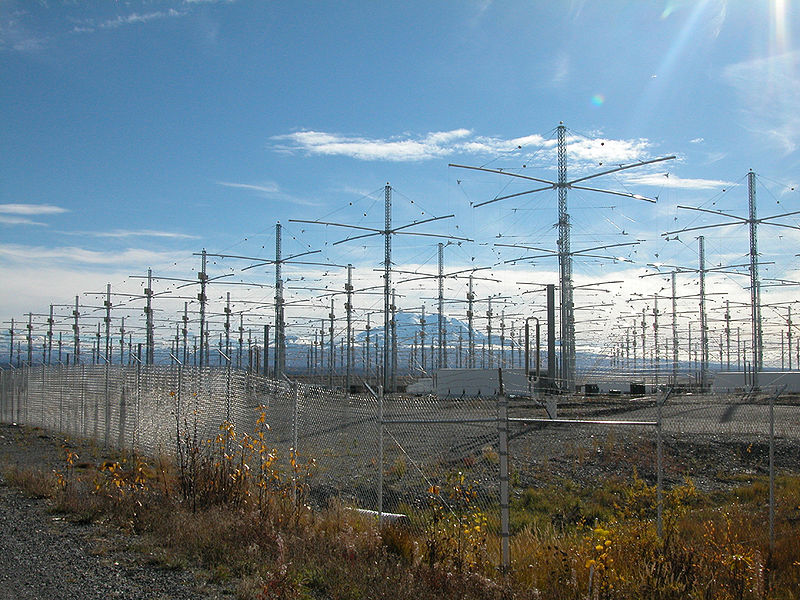(Source: Southgate ARC)
Radio ham’s HAARP experiment
The IEEE Spectrum reports on the Slow Scan Television (SSTV) transmissions made from Alaska’s HAARP facility by radio amateur Chris Fallen KL3WX
In late September, Christopher Fallen and technicians at the High Frequency Active Auroral Research Program (HAARP) near Gakona, Alaska, switched on a giant array of 180 antennas. They were hoping to produce radio-induced airglow, also known as artificial aurora, as a way to better understand the mechanics of natural aurora.
He embedded images into the powerful radio wave that HAARP uses to heat a patch of the ionosphere, and alerted amateur radio enthusiasts through Twitter. As the experiment ran, his feed began to light up with tweets from listeners who were sending the images back to him.
Fallen, an assistant professor at the University of Alaska Fairbanks’ Geophysical Institute, had transmitted two UAF logos, a cat photo, and a QR code granting the recipient 0.001 Bitcoin.
Messages returned from Pueblo, Colo., and Victoria, British Columbia. Given that HAARP’s antennas point directly up at the sky instead of out toward the horizon, Fallen was pleased with the results. “As powerful as HAARP is, it’s just a big radio,” he says.
It’s actually a giant phased array radio transmitter capable of sending 3.6 megawatts of energy into the ionosphere.
Read the full story at
https://spectrum.ieee.org/tech-talk/telecom/wireless/scientists-in-alaska-attempt-to-produce-fake-aurora-with-giant-antenna-array

